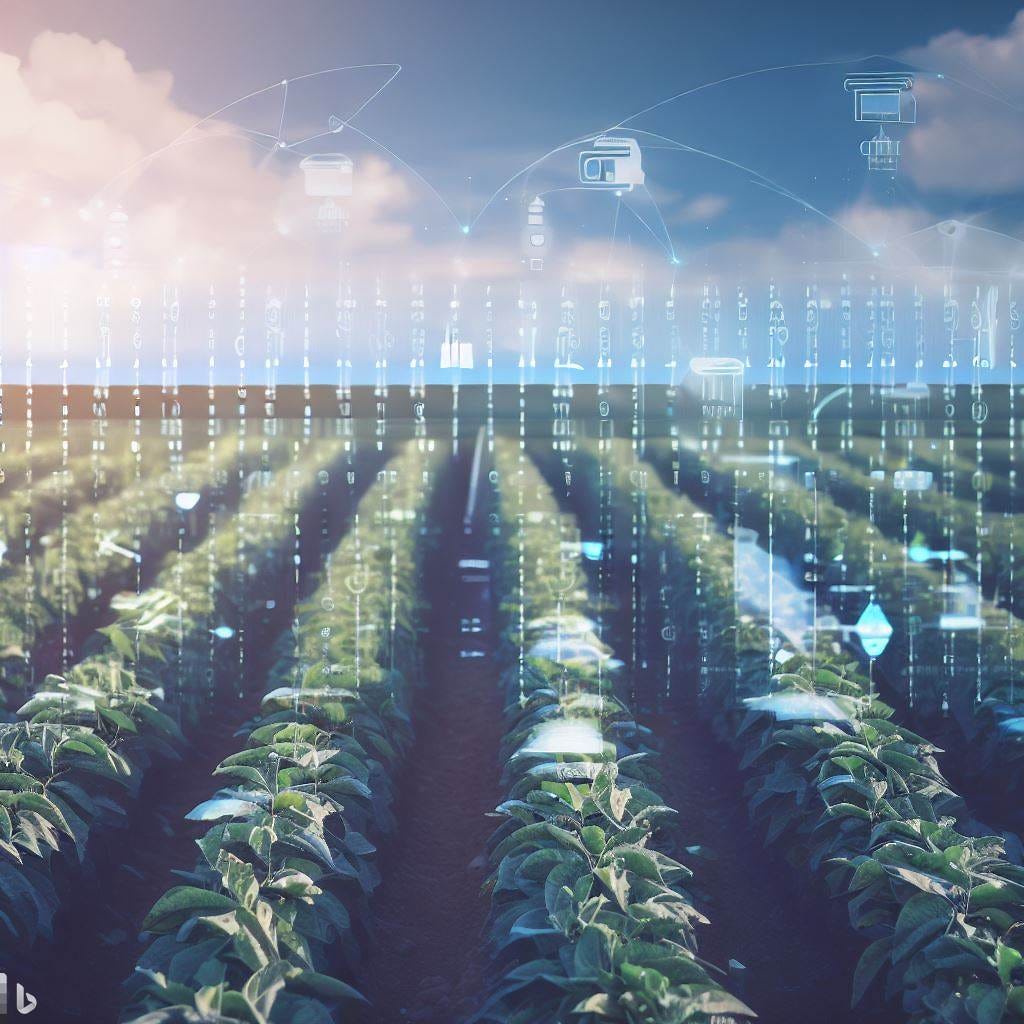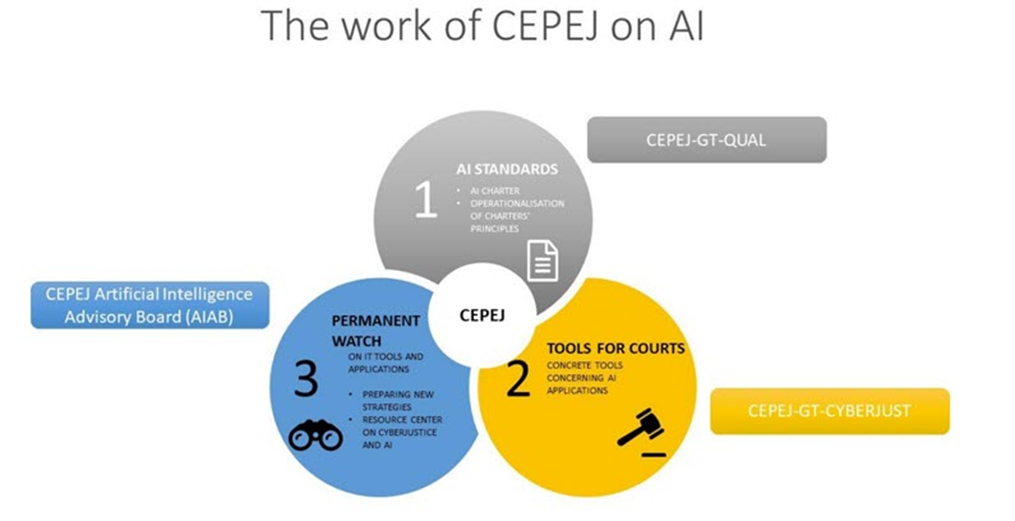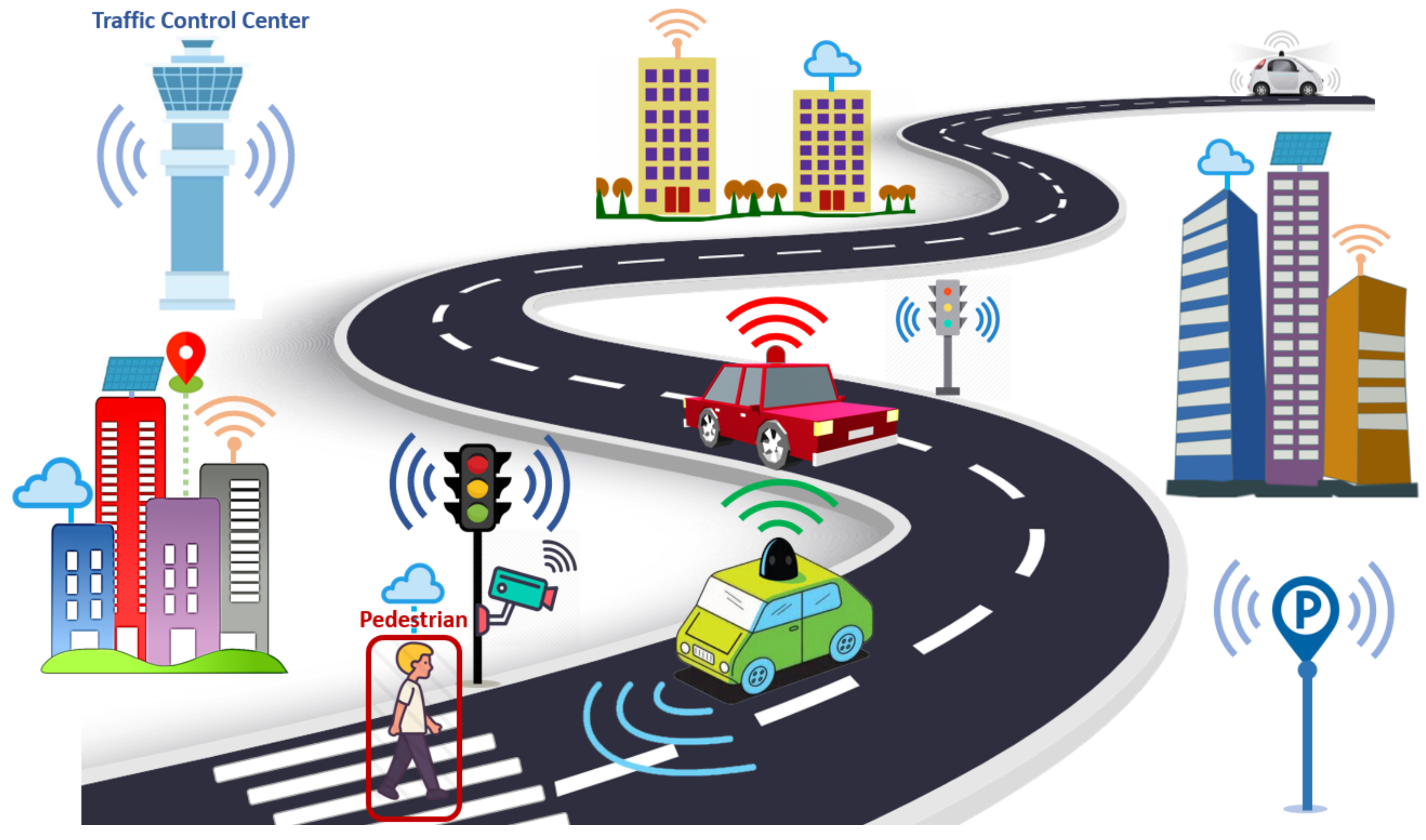In today’s world, agriculture faces numerous challenges, from climate change and resource scarcity to the ever-increasing global population. To meet the growing demand for food while minimizing environmental impact, farmers are turning to technology, specifically Artificial Intelligence (AI). This blog post explores the role of AI in agriculture, focusing on precision farming and sustainable practices.
The Agricultural Challenge
Feeding a global population that is expected to reach nearly 10 billion by 2050 is a formidable task. At the same time, agricultural resources such as arable land, freshwater, and suitable climates are diminishing due to urbanization, climate change, and resource mismanagement. In this scenario, traditional farming practices are no longer sufficient. We need innovative solutions, and AI offers a promising way forward.
Precision Farming: A Game-Changer
Precision farming, often referred to as precision agriculture, involves using technology and data to optimize various aspects of farming. AI, along with other advanced technologies like GPS, sensors, and drones, plays a pivotal role in making precision farming a reality. Here’s how it works:
Data Collection: Drones equipped with high-resolution cameras and sensors fly over the fields, collecting data on crop health, soil moisture, and pest infestations. This data is then processed using AI algorithms to provide real-time insights.
Data Analysis: AI algorithms analyze the vast amounts of data collected, identifying patterns and anomalies. This analysis helps farmers make informed decisions about irrigation, fertilization, and pest control.
Automated Farming Equipment: AI-powered machinery can perform tasks with unparalleled precision. For example, autonomous tractors can plant seeds at the exact depth and spacing required, reducing waste and maximizing crop yield.
Predictive Analytics: AI can predict crop yields and potential issues, allowing farmers to adjust their strategies in advance. This minimizes losses and ensures a more consistent food supply.
Resource Optimization: AI can help optimize resource usage, reducing the environmental footprint of agriculture. By precisely applying fertilizers and pesticides only where needed, farmers can minimize chemical runoff and soil degradation.
Sustainable Agriculture: AI’s Contribution
Sustainability is at the forefront of modern agriculture, and AI has a vital role to play in achieving it. Here are some ways in which AI promotes sustainability in farming:
Reduced Chemical Use: AI-driven precision farming minimizes the use of pesticides and fertilizers. By targeting specific areas that require treatment, farmers can reduce chemical runoff, which can contaminate water sources and harm ecosystems.
Water Management: AI helps farmers optimize irrigation, ensuring that crops receive the right amount of water at the right time. This conserves water resources and reduces the strain on aquifers and rivers.
Soil Health: AI can monitor soil conditions and provide recommendations for soil improvement. This leads to healthier soils, higher crop yields, and reduced erosion.
Biodiversity Conservation: AI can help farmers create biodiversity-friendly landscapes by identifying areas where native plants can thrive alongside crops. This promotes beneficial insects and pollinators, reducing the need for chemical pest control.
Climate Resilience: AI can analyze historical climate data and predict future weather patterns. Farmers can use this information to adapt their planting and harvesting schedules, mitigating the impact of climate change on agriculture.
AI and the Future of Farming
The adoption of AI in agriculture is already underway, with tech-savvy farmers reaping the benefits of increased efficiency and sustainability. However, the potential of AI in agriculture is far from fully realized. Here are some exciting developments on the horizon:
Robotics: AI-powered robots are being developed to handle delicate tasks like fruit picking and weeding. These robots can work tirelessly, reducing the need for manual labor and increasing productivity.
Crop Monitoring: AI can monitor crops from seed to harvest, identifying signs of disease or stress early on. This enables proactive intervention and prevents large-scale crop losses.
Supply Chain Optimization: AI can optimize the entire agricultural supply chain, from production to distribution. This ensures that food reaches consumers more efficiently, reducing waste and improving food security.
Personalized Farming: AI can create personalized farming plans for each field or crop, taking into account historical data and real-time conditions. This level of precision maximizes yields while minimizing resource use.
Genetic Improvement: AI can analyze genetic data to develop crop varieties that are more resilient to changing climate conditions and pests, leading to more sustainable agriculture.
Challenges and Considerations
While AI holds immense promise for agriculture, there are challenges and ethical considerations to address:
Data Privacy: The collection and sharing of data raise concerns about privacy and data ownership. Farmers need assurance that their data will be handled responsibly.
Accessibility: Small-scale and resource-limited farmers may struggle to access AI technologies. Efforts are needed to make AI solutions more affordable and accessible.
Ethical Use: As AI becomes more integrated into agriculture, it’s crucial to use it ethically, considering the social and environmental implications of technological choices.
Education: Farmers need training and support to effectively use AI technologies. Education programs and resources should be readily available.
Conclusion
AI is revolutionizing agriculture by enabling precision farming and promoting sustainable practices. With its ability to collect, analyze, and apply data in real-time, AI empowers farmers to make smarter decisions and reduce the environmental impact of farming. As technology continues to advance, the future of agriculture looks brighter, offering a path to feed the world’s growing population while safeguarding the planet. It’s an exciting journey that will shape the future of food production for generations to come.






